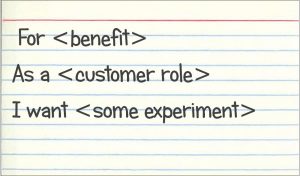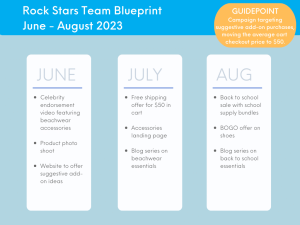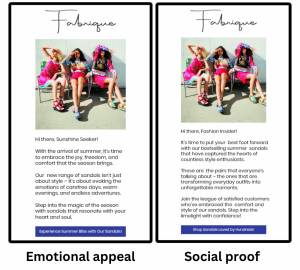To be successful, marketing campaigns must adjust to changes in technology and consumer tastes. Digital marketing has been changing rapidly in response to these factors, but still often fails to keep up. Marketers need to innovate to stay ahead, rather than simply following trends. Finding smart ways to reach out to customers is more important than ever.
Relationship Marketing
Developing a strategy that reaches out to targeted customers is vital. The traditional broad-appeal brand of promotion doesn’t work as well with increasingly cynical shoppers who are resistant to the constant bombardment of ads in every medium. Only 22 percent of traditional marketing emails get opened.
The goal of reaching out to engage customers is to build a relationship.
Relationships between consumers and companies are built on likeable branding and the level of trust. Keeping up a strong relationship with customers means better retention, and thus more repeat sales, better leads, and increased acceptance of new products and offers. In a world of social media and smartphones, it also means better word-of-mouth promotion, which generates more trust and more quality leads.
Technologies for Outreach
- Automation
Given the challenge of outreach that’s both personal and prolific, more tools for marketing automation are appearing. These help to regulate emails, social media posts, segment demographic groupings, and structure and enrich content. Real time data capture and analysis helps to track which prospects navigate web pages and sales funnels, and how. Tools for constantly evaluating and improving efforts are driving higher conversion rates and faster sales cycles.
- Geolocation
GPS technology, along with smartphones, sensors, RFID chips, and signal beacon transmitters are helping companies stimulate the shopping experience both outdoors and in. Geolocation technology helps direct users to the closest storefront based on their product searches, and once there, in-store apps over Wi-Fi can guide them straight to the product location. Branded text and email apps are reaching out to customers to attract them with offers based on their own interests, and guiding them right to the physical product.
- VR
Virtual reality technology isn’t just for sci-fi or gamers anymore. The capacity for 360-degree video presentations familiarize consumers with new products in an intimate way that was never possible before. There are now over 43 million VR users. It’s only necessary to send the video links out to targeted consumers. Smart glasses are now available that project information right onto the lenses. This allows users to potentially be connected to marketing constantly, without the need to even answer a phone.
Social Media Marketing
Today’s consumers have the Internet at their fingertips and a wide variety of easy choices. Reaching out to them must be quick and to the point, or they move on. Social media sites like Twitter are smart to limit users to 140 characters. The very concise nature of ephemeral marketing may simply be encouraging users to “share” links, not the actual information. More sites like Yahoo, Snapchat, and Facebook are becoming marketing platforms with tools for helping companies connect with consumers.
Tomorrow’s Search Engines
Search engines today not only help us locate information, they track our interests. Do a couple of searches on “robot butler” and you will, indeed, begin seeing ads on any company who uses that phrase in its marketing. Search engines are now a marketing platform. While Google still dominates searches, there are dozens of others, and search functions on more websites. Even Google still leaves something to be desired as far as accuracy of results, but more sophisticated AI-learning search algorithms are in development.
The IoT
More smart devices are also being connected as Wi-Fi capability and shrinking computing technology is added to items as commonplace as refrigerators and coffee makers. These devices can actually transmit your buying and use habits to the manufacturer to improve product design and customer experience. Machine-to-machine connections are expected to reach 27 billion by 2024. Your own possessions will become the catalyst for sending marketing texts to your phone – and the screens of other devices.
Reaching out to customers in the smartest way means pushing your branded message to them through the channels they live on. If that message is unique, valuable, and trustworthy, you’ve strengthened the relationship.
(59)
Report Post






